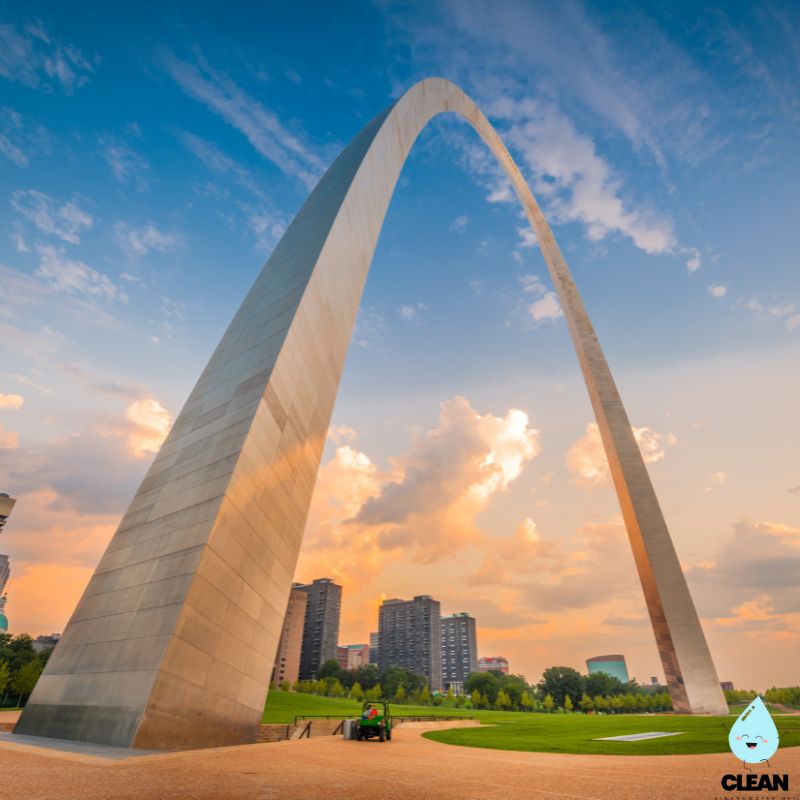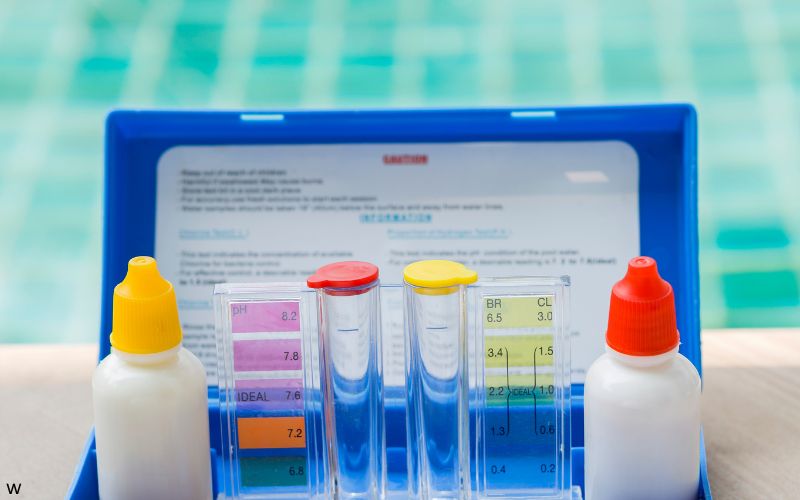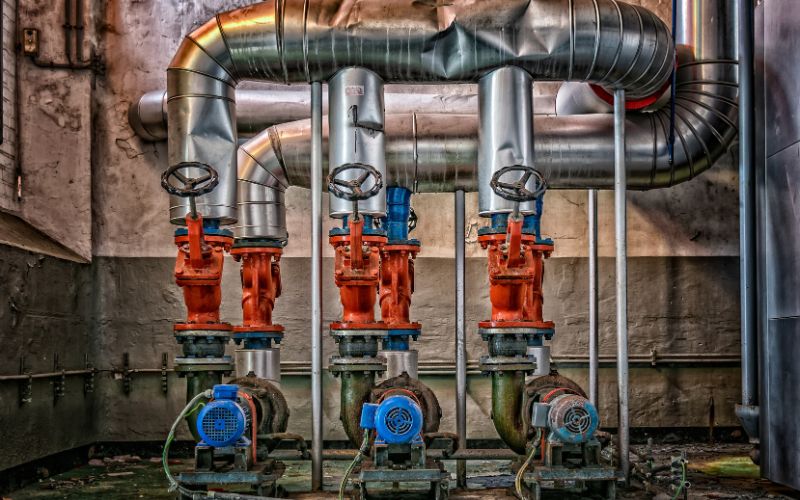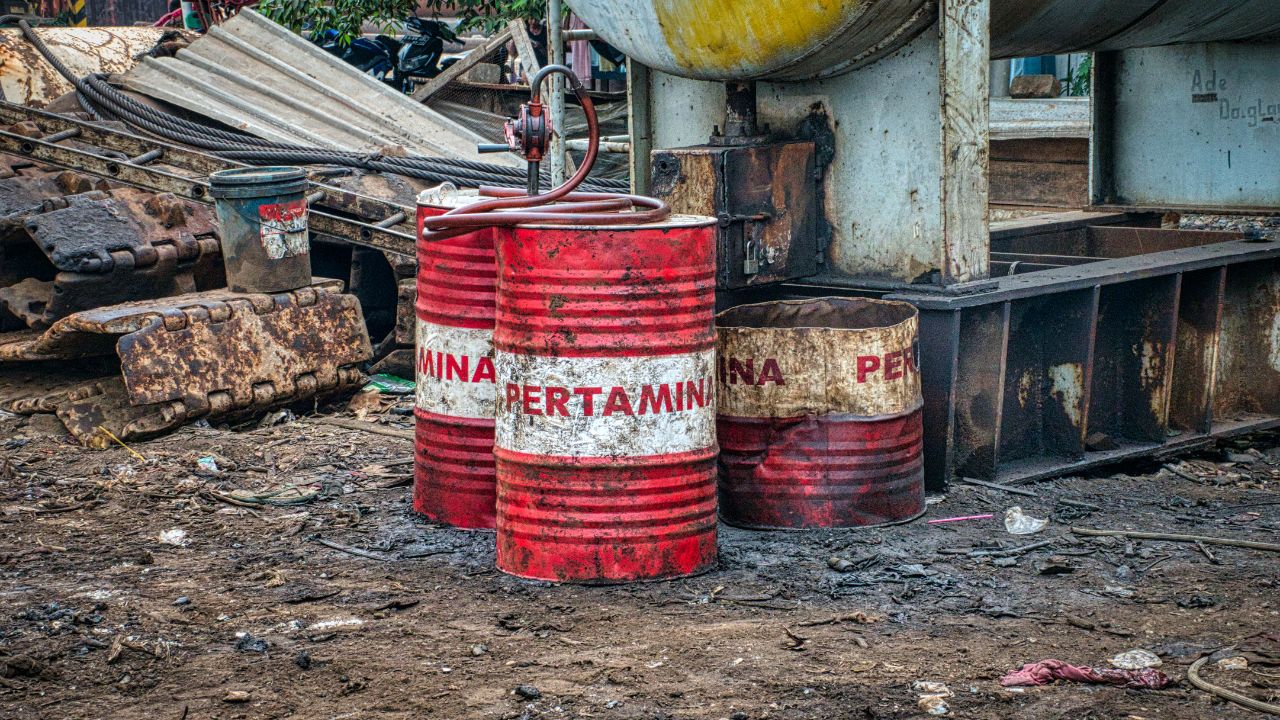St. Louis Water Quality at a Glance
significant concerns
Is St. Louis Water Safe to Drink?
EPA Compliant with Health Concerns – St. Louis water meets federal standards but contains 13 contaminants exceeding health guidelines. Key issues include disinfection byproducts (trihalomethanes at 80x safe levels), chromium-6 at 58x guidelines, and arsenic at 184x health recommendations. Water sourced from Missouri and Mississippi rivers undergoes treatment but creates concerning byproducts.
⚠️ Key Concerns for St. Louis Residents
- Disinfection Byproducts: Trihalomethanes at 80x safe levels, haloacetic acids at 195-405x guidelines from chlorine treatment processes
- Heavy Metals: Chromium-6 at 58x safe levels (1.16 ppb), arsenic at 184x guidelines (0.736 ppb) – both cancer-causing
- River Source Contamination: Water drawn from Missouri and Mississippi rivers contains agricultural runoff including nitrates at 7.3x safe levels
- PFAS Monitoring: Recent testing shows no PFAS detection, but EPA’s new stricter standards may change compliance status
Read the full report below for detailed analysis, city-specific data, and actionable recommendations for St. Louis residents.
St. Louis – Missouri – Water Quality Report 2025: PFAS Testing, Infrastructure Concerns & Safety across your city
St. Louis Water Division, established in 1835, manages one of the oldest municipal water systems in the American Midwest, serving approximately 300,000 residents in St. Louis City. The system includes over 1,300 miles of water mains, two treatment plants (Chain of Rocks and Howard Bend), and numerous pumping stations, delivering up to 124 million gallons daily throughout the metropolitan area.
St. Louis draws its drinking water from both the Mississippi and Missouri rivers, utilizing two major treatment facilities. The Howard Bend water treatment plant sources directly from the Missouri River, while the Chain of Rocks water treatment plant draws from the confluence where both rivers meet. Despite sourcing from rivers with varied water quality challenges, St. Louis has developed sophisticated treatment processes. However, recent testing reveals 13 contaminants exceeding health guidelines, including disinfection byproducts at concerning levels, requiring continued vigilance and potential filtration for optimal safety.

St. Louis Water Quality: Current Status (2024-2025)
Latest Testing Results
- Contaminant Detection: Recent Environmental Working Group testing reveals 13 contaminants exceeding health guidelines, including trihalomethanes at 80 times safe levels, chromium-6 at 58 times guidelines, and arsenic at 184 times health recommendations.
- Testing Scope: St. Louis conducts comprehensive water quality testing across its distribution system, monitoring over 150 potential contaminants with enhanced surveillance for disinfection byproducts and emerging contaminants throughout the service area.
- Compliance Status: St. Louis water meets all federal and state drinking water standards but contains multiple contaminants at levels exceeding health guidelines established by California’s Office of Environmental Health Hazard Assessment and peer-reviewed studies.
Mississippi & Missouri River Sources
- Dual River System: Water sourced from both Mississippi and Missouri rivers through two intake points, with continuous real-time monitoring tracking water quality parameters including turbidity, temperature, pH, and potential contaminants.
- Agricultural Impact: River sources show evidence of agricultural runoff contamination, with nitrates detected at 7.3 times health guidelines, indicating fertilizer and farming chemical presence from upstream watersheds.
- Source Water Protection: Comprehensive source water assessment program identifies and addresses potential contamination sources upstream of city intakes, though challenging due to multi-state watershed scope.
Advanced Treatment Technology
- Multi-Stage Processing: Treatment includes pre-sedimentation, coagulation, flocculation, sedimentation, granular activated carbon filtration, and disinfection, though disinfection byproduct formation remains a significant challenge.
- Disinfection Byproduct Formation: Chlorine treatment necessary for pathogen control creates concerning levels of trihalomethanes and haloacetic acids, with HAA9 detected at 405 times health guidelines despite treatment optimization efforts.
- Heavy Metal Detection: Treatment processes fail to completely remove naturally occurring and industrial contaminants, with chromium-6 detected at 1.16 ppb (58x health guidelines) and arsenic at 0.736 ppb (184x guidelines).
Infrastructure Modernization
- Pipeline Replacement: Annual replacement of approximately 15 miles of aging water mains, prioritizing areas with high break frequency and oldest infrastructure components to maintain system integrity.
- PFAS Monitoring: Recent testing by Missouri Department of Natural Resources shows no PFAS detection in St. Louis water systems, though EPA’s new stricter standards may change future compliance requirements.
- System Monitoring: Advanced SCADA systems and pressure monitoring network provide real-time data on system operations, enabling rapid response to potential water quality issues and infrastructure problems.
Customer Protection Initiatives
St. Louis offers comprehensive customer support including water quality testing, though residents should consider independent testing given the 13 contaminants exceeding health guidelines. The city maintains transparent communication about water quality through annual Consumer Confidence Reports, while educational outreach campaigns help residents understand treatment limitations and home filtration options. Given elevated levels of disinfection byproducts, heavy metals, and agricultural contaminants, activated carbon or reverse osmosis filtration systems are recommended for optimal safety, particularly for vulnerable populations including pregnant women, children, and immunocompromised individuals.
Recommendations for St. Louis Residents

Get Independent Testing
Consider independent water testing through certified laboratories, as city testing may not reflect recent EWG findings of 13 contaminants exceeding health guidelines. Contact accredited labs for comprehensive testing including disinfection byproducts, heavy metals, and emerging contaminants.

Monitor Water Quality Updates
Stay informed about water quality changes through the city’s Consumer Confidence Reports and independent monitoring organizations. Given the detection of multiple contaminants exceeding health guidelines, regular monitoring is essential for family safety.

Install Certified Filters
Use NSF-certified filters (Standards 53 and 58) for drinking and cooking water to address the 13 detected contaminants exceeding health guidelines. Activated carbon filters reduce disinfection byproducts, while reverse osmosis systems address heavy metals and broader contamination.

Flush Your Pipes
If water has been stagnant for 6+ hours, run cold water for 2-3 minutes before using for consumption. Always use cold water for drinking and cooking, as hot water can concentrate contaminants and increase exposure to the detected heavy metals.

Report Water Issues
Contact Customer Service at (314) 622-4545 for water main breaks, pressure problems, or quality concerns including unusual taste, odor, or discoloration. For after-hours emergencies, call the 24-hour emergency line. Report issues promptly to ensure rapid response.
Quality News About Your Water
Get the comprehensive water quality news coverage you need with our dedicated US Water News Service. From coast to coast, we deliver in-depth reporting and expert analysis on PFAS contamination, EPA regulatory changes, infrastructure developments, and emerging water safety issues affecting communities nationwide. While mainstream media only covers the biggest stories, we provide the detailed, ongoing coverage that helps you understand the full scope of America’s water challenges. Whether you’re a concerned citizen, water professional, or community leader, our daily updates and analytical insights keep you informed about the issues that matter most to public health and environmental safety.
Frequently Asked Questions
Is St. Louis tap water safe to drink?
St. Louis tap water meets all federal and state drinking water standards but contains 13 contaminants exceeding health guidelines established by California’s Office of Environmental Health Hazard Assessment and peer-reviewed studies. These include disinfection byproducts at 80-405 times health guidelines and heavy metals like chromium-6 and arsenic.
While legally compliant, the presence of multiple contaminants at levels exceeding health recommendations suggests home filtration is advisable. Activated carbon or reverse osmosis filtration can significantly reduce exposure to detected contaminants. Pregnant women, children, and immunocompromised individuals should especially consider water treatment options given the detection levels.
What are the main contaminants detected?
Recent testing revealed 13 contaminants exceeding health guidelines:
Disinfection Byproducts: Trihalomethanes (80x health guidelines), haloacetic acids HAA5 (195x), HAA9 (405x), and individual compounds like chloroform (26x) and dichloroacetic acid (78x).
Heavy Metals: Chromium-6 at 1.16 ppb (58x guidelines), arsenic at 0.736 ppb (184x guidelines).
Agricultural Chemicals: Nitrates at 7.3x health guidelines from upstream fertilizer runoff.
These form during chlorine disinfection or originate from river source contamination. NSF-certified filtration systems can effectively reduce most of these contaminants for household use.
Why does St. Louis water sometimes taste different?
Seasonal variations in taste and odor can occur due to several factors:
• River conditions: Mississippi and Missouri river water quality changes seasonally with temperature, rainfall, and upstream agricultural activities affecting organic content
• Disinfection byproducts: Higher organic content increases chloroform and other byproduct formation, affecting taste
• Treatment adjustments: Chemical dosages modified to address changing river conditions while maintaining disinfection effectiveness
• Agricultural runoff: Seasonal farming activities upstream can introduce compounds affecting taste and requiring treatment adjustments
These taste variations correlate with the detected contaminants exceeding health guidelines. Activated carbon filtration can improve taste while reducing exposure to disinfection byproducts and other contaminants.
Does St. Louis have water restrictions?
St. Louis rarely implements mandatory water restrictions due to its abundant Mississippi and Missouri river sources and significant treatment capacity. However, the city maintains conservation guidelines:
Everyday Conservation Recommendations:
• Water lawns during early morning or evening hours
• Use brooms instead of hoses for cleaning outdoor surfaces
• Install water-efficient fixtures and appliances
• Repair leaking fixtures promptly
Emergency Response:
During infrastructure emergencies or treatment plant maintenance, temporary restrictions may be implemented. Current status information is available through the Water Division website or customer service line (314) 622-4545.
Contaminants of Concern

Disinfection Byproducts
Source: Form when chlorine disinfectants react with naturally occurring organic materials in Mississippi and Missouri river water during treatment processes
Health Effects: Increased cancer risk, reproductive effects, and potential harm to fetal development with long-term exposure to elevated levels
Current Levels: Trihalomethanes at 11.9 ppb (80x health guidelines), HAA5 at 19.5 ppb (195x), HAA9 at 24.3 ppb (405x) EPA Status: Below legal limits but significantly exceeding health recommendations

Heavy Metals
Source: Chromium-6 and arsenic from natural deposits and industrial activities upstream; both are carcinogenic metals detected in river source water
Health Effects: Cancer risk, liver damage, reproductive harm (chromium-6); nervous system effects, developmental impacts (arsenic)
Current Levels: Chromium-6 at 1.16 ppb (58x health guidelines), arsenic at 0.736 ppb (184x guidelines); both below EPA legal limits but exceeding California public health goals significantly
Please read – our information
The information presented on cleanairandwater.net is compiled from official water quality reports, trusted news sources, government websites, and public health resources. While we strive for accuracy and thoroughness in our presentations, we are not scientists, engineers, or qualified water quality professionals.
Our mission is to present water quality information in an accessible, real-world format that helps people understand what’s in their water and make informed decisions about their health and safety. We believe that complex environmental information should be available to everyone in a format that’s easy to understand.
We make every effort to ensure our content is current and accurate, but we cannot guarantee that all information is complete or error-free. This website should not replace official communications from your local water utility or health department. We always recommend consulting official sources for the most up-to-date information regarding your specific water system.
Clean Air and Water is not liable for any unintentional errors, omissions, or outdated information. The content on this site is provided for informational purposes only and should not be considered professional advice.


